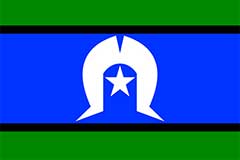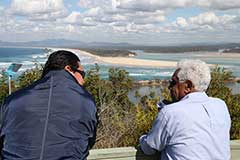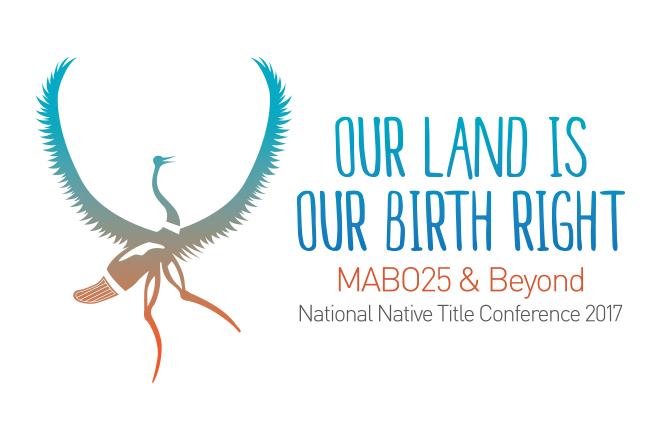The story of Diana is inextricably linked to one of the pioneering families of this country, the COX family of Mulgoa and Mudgee.
During the early part of the 19th Century the COX family were putting their mark on the history of Australia. It was William COX who, in 1814, built the road over the Blue Mountains, allowing for easier transport of goods and people between Sydney and the growing settlements of Bathurst and Mudgee. George COX, the son of William, was to play a large role in the life of the young Diana.
George COX owned 'Winbourne' a property at Mulgoa in Sydney and his son George Henry COX managed 'Burrundulla' a property just outside of Mudgee. It seems from early diaries and letters written by COX that he had a number of Aboriginal people in his care and was known for his compassionate nature and kindness to his employees, even up to making provisions for their care in his will. There is documentary evidence that Diana lived on both 'Winbourne' and 'Burrundulla' during her life time.
A letter written between two ministers of the Church of England in 1840 (Letter to Rev. H. T. Stiles, Sydney, Jan. 8, 1840) documents George Cox's concern for Diana and her marriage to William PHILLIPS in 1840:
"Some few days ago Mr George Cox called to speak to me concerning a subject upon which I promised to communicate with you. There is a native female at Mudgee who has been living in concubinage with a servant on Mr Cox’s property, from whom she has now separated herself, or he from her, I do not exactly recollect which. Another man wishes to marry this woman; and the question proposed to me was whether the Marriage Ceremonies appointed by our Church could be legitimately used or not."
Although Diana is not named in this letter it can be safely assumed to refer to her as Diana's first partner, James KNIGHT was the overseer on 'Winbourne' and therefore "a servant on Mr Cox's property" maybe seen to refer to James. William PHILLIPS is referred to as the other "man [who] wishes to marry this woman" as it was on the 8th of September in 1840, the year the letter was written, that Diana married William Phillips. The letter also refers to the woman in question as requiring religious instruction before her marriage and that she might also be allowed to travel from Mudgee to George COX's Mulgoa home 'Winbourne' until she can receive such instruction and following that be married. Diana's marriage certificate to William PHILLIPS also substantiates the claim that the Stiles letter refers to Diana as she was married at St John's Anglican Church in Mulgoa.
William PHILLIPS, a convict who had been assigned to work for George COX, gave Diana two children before he mysteriously disappeared. Diana then became involved with Robert RAYNER and had seven more children. Robert RAYNER was also a convict who had been assigned to work for George COX
George Henry COX also assisted Diana in making the improvements required by law to her property, some fencing and ringbarking. This is documented on the last page of Diana's Conditional Purchase of 1885 in a note written by licensed surveyor William Abernathy:
"At time of survey improvements had been effected by the helper of the run G. H. Cox, consisting of wire fence £15. ringbarking £1.5f Total £16.5 shillings".




